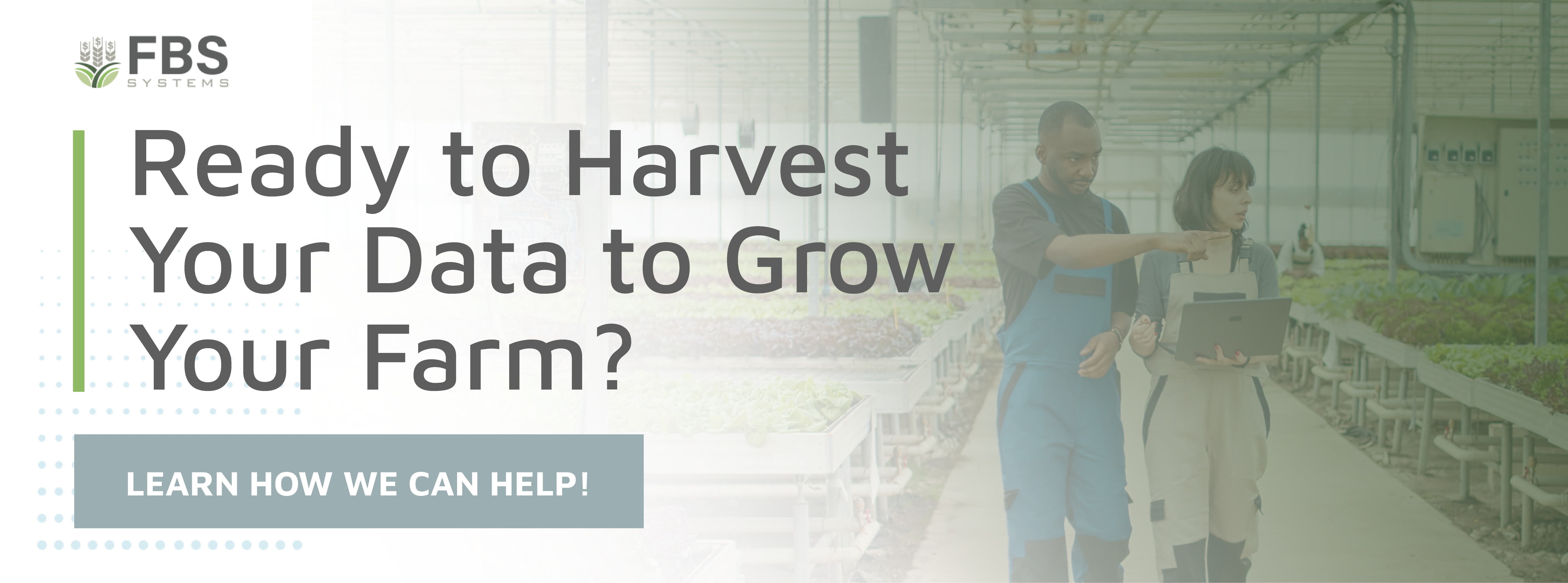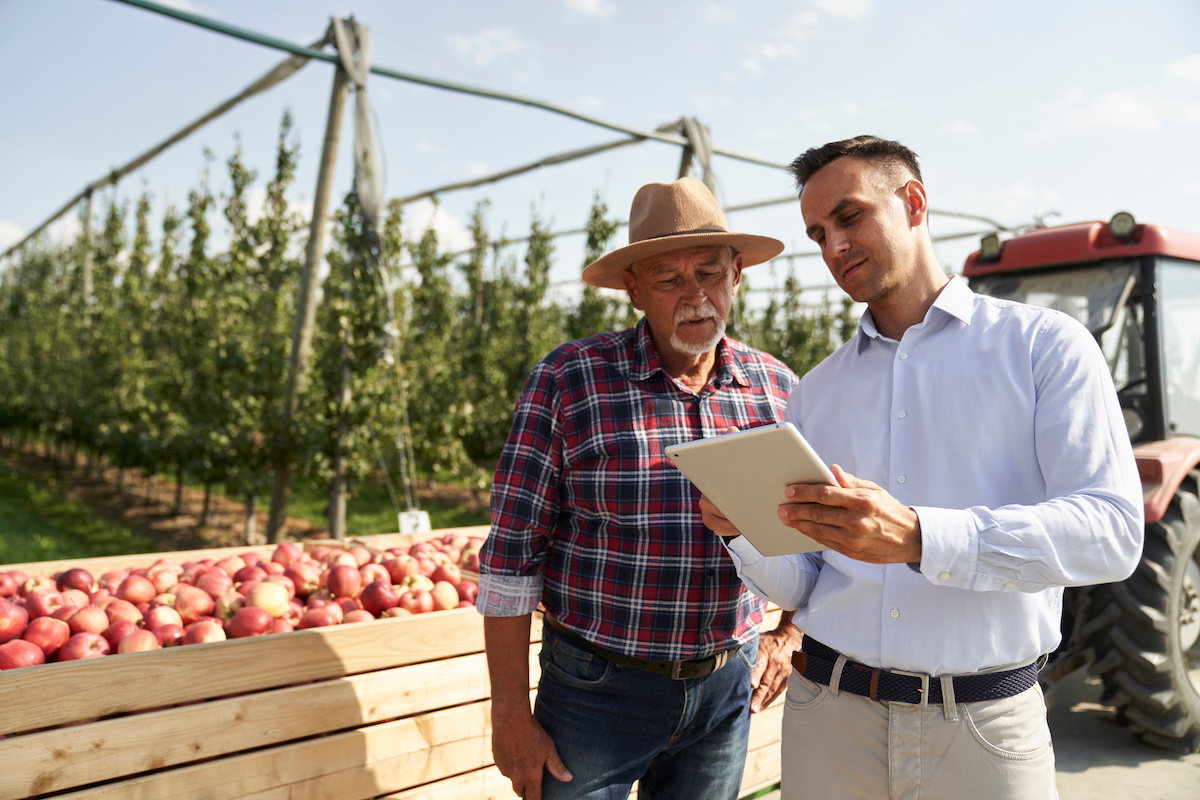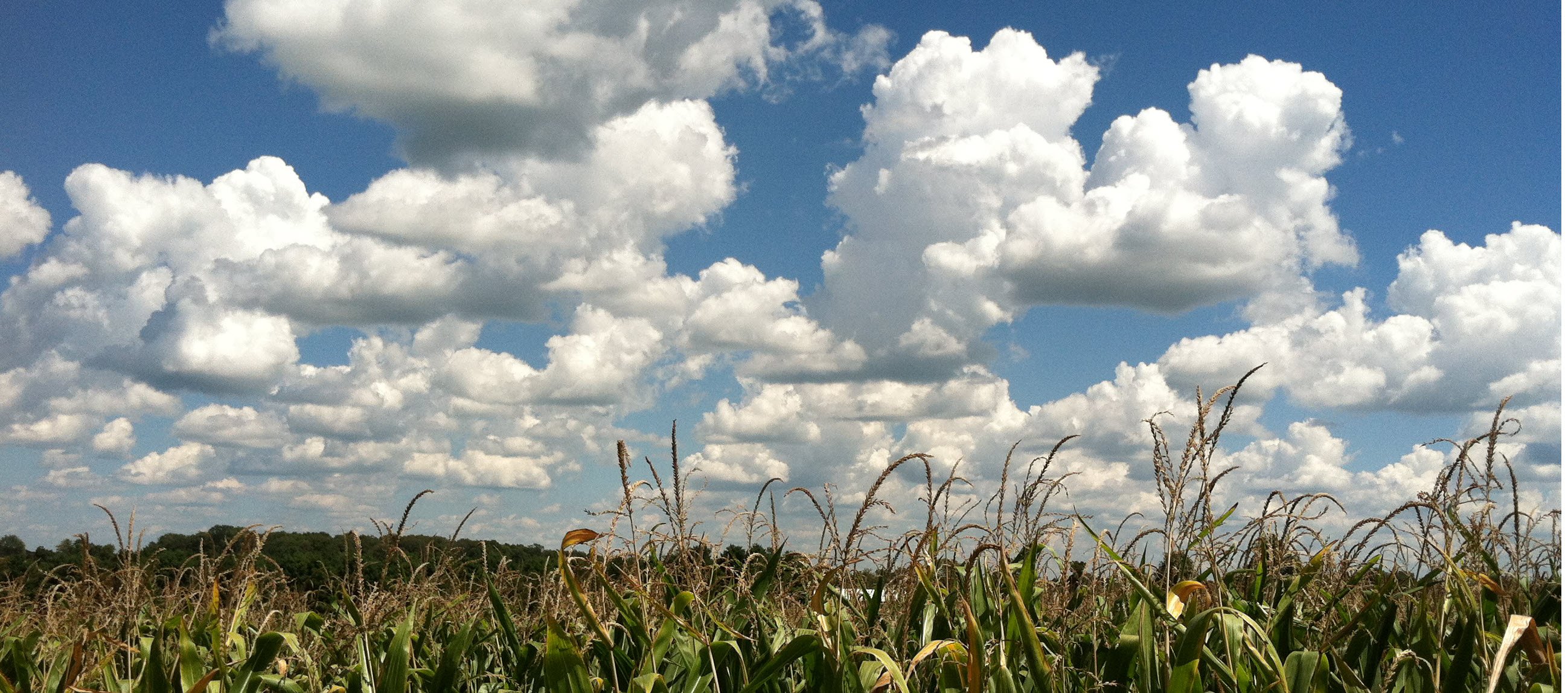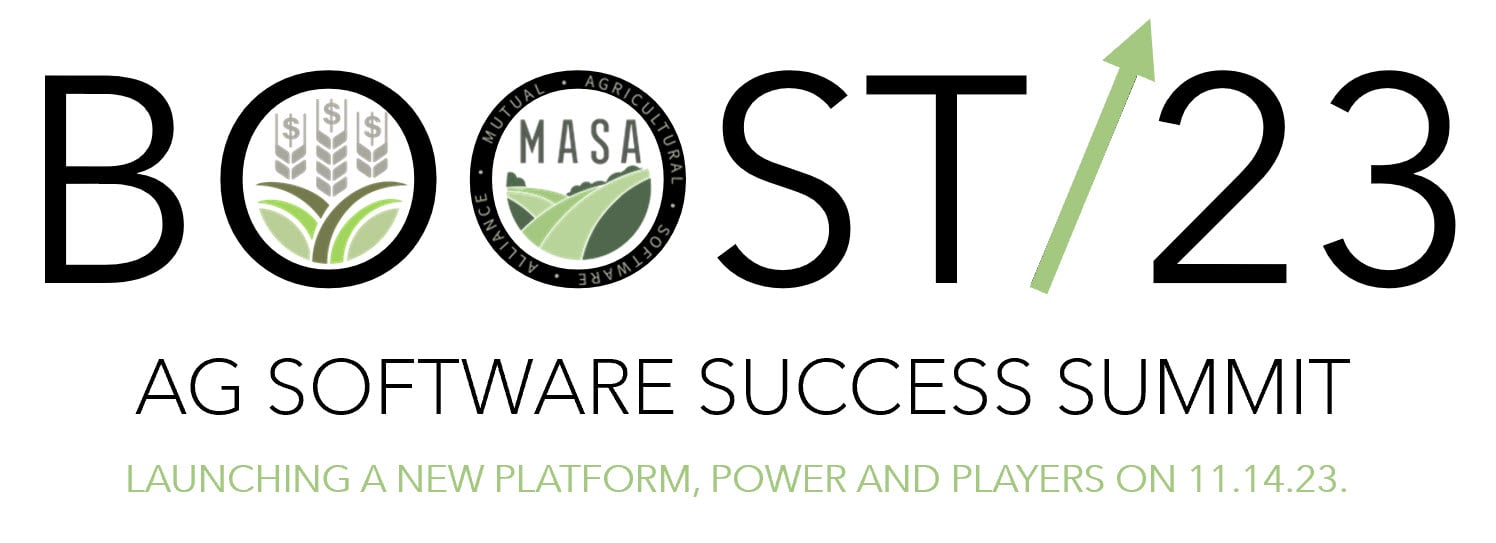’Tis the season to toil over financial statements. For nearly every business, the end of the year signals not just end of Q4 reporting but also end of year reporting. For farms and ranches, financial reporting can be complicated. Converting cash-basis accounting records to “adjusted accrual” financial statements and preparing financial reports based on a hybrid model can be complex, but it doesn’t have to be. Still, understanding the options and challenges is essential for anyone undertaking farm financial reporting tasks.
Quick Links
- Why is Financial Reporting Important for Farms?
- Types of Farm Financial Reporting
- 8 Conflicting Goals for Farm Financial Reporting
Why is Financial Reporting Important for Farms?
During the day-to-day, when focused on land, crop, and livestock, it can be easy to forget the business side of farming. In part, data collection and reporting is designed to help farmers re-center on the bigger picture.
More specifically, farm financial reporting allows farm managers and accountants to identify which profit centers are the most successful and gauge the financial condition of the farming operation. This allows the kind of strategic planning that can help with both agility and growth.
Additionally, financial reporting is often required by lenders and leadership.
Types of Farm Financial Reporting
To start, let’s examine the three alternatives for financial reporting in production agriculture.
- Cash-Basis Accounting/“Black Box” Analysis. If you maintain pure cash-basis books and fill out a balance sheet for your lender once a year, you’re a member of agriculture’s “silent majority.” In effect, you’ve delegated financial oversight and control of your operation to your lender and their proprietary “black box” system of analysis.
- Cash-Basis Accounting/“User-Supplied” Data. You’re in this category if you maintain cash-basis accounting but produce your own financial statements outside of the accounting system through spreadsheets or programs like Finpack that are based on the Farm Financial Standards.
- Accrual/Managerial Accounting. Under this process, financial statements (including inventory values) are maintained within the accounting system. In the past, only large operations with internal accounting expertise could maintain these systems; however, farm accounting solutions permit concurrent cash and accrual reporting as well as automatic inventory adjustments driven from Crop Audit and Smart Feeder management modules.
In the nearly 40 years since Coordinated Financial Statements defined the “recipe” for converting cash records to accrual, most serious players in agriculture have at least adopted financial reporting option #2.
Agriculture structure and technology has changed dramatically, even in the last decade; therefore, it’s time for those who haven’t done so to move from the “Old World” (method #2) to the “New World” (method #3) level of financial management and reporting.
What’s the difference?
8 Conflicting Goals for Farm Financial Reporting
Agricultural accounting, and farm financial reporting, come with very specific challenges, especially when it comes to the agricultural financial reporting process. In fact, there are eight coexisting, and often conflicting, financial and accounting information goals in farm records:
- 1. Cash accounting is necessary for cash-basis tax returns, cash flow budgets, and bank account reconciliation. Revenue and expenses are recognized when cash is exchanged.
- 2. Accrual accounting (which provides the basis for most external financial statements) matches costs, revenue, and profits to the appropriate time period, in compliance with Generally Accepted Accounting Principles (GAAP). In order to generate accrual information, producers who still on cash accounting must:
- Maintain two sets of book
- Operate an accounting system that can maintain concurrent cash and accrual balances, or
- Utilize the Farm Financial Standard's adjusted accrual system to convert cash revenue and expenses to accrual
- 3. Inventory valuations are affected by both accounting (purchases, sales and cost allocations) and production (physical field and feedlot) events. This process is further complicated by:
- Dual quantities (head, hundredweight; ton, pound; ration, ingredient) in one or both systems
- Multiple valuation methods (cost, market, tax basis) and
- Determining which source—accounting or production—is "right" when inventories don't reconcile
- 4. PRODUCTION SYSTEMS which, when compared with accounting systems, tend to be less structured (groups of animals and crop production rarely coincide with fiscal periods) and are more tolerant of changes in "closed" months. Typically, accountants will insist on writing off inventory variances in a current or future period, while production specialists want to go back and fix the original error to avoid distorting performance data.
- 5. Managerial (management) accounting goes a step beyond accrual accounting by matching costs and revenues to specific cost centers, profit centers, locations, groups of animals or field projects. While managerial accounting is utilized primarily for internal use within a firm, it can also be used to value inventories for financial accounting.
- 6. Ownership accounting deals with the separation or consolidation of entities (either formal tax entities, informal partnerships, landlords, family living components, or internal management units) that share ownership of livestock and/or crop operations.

- 7. Budgeting involves access to and consolidation of:
- Production plans,
- Current inventories
- Financing assumptions
- Production stage cost histories, and
- Current accounting and production data for monitoring
- 8. Benchmarking requires the contribution of data from all of the above sources in a reliable and consistent format, and can be used internally (within an operation) or externally (between operations).
We first isolated and began addressing these conflicting goals nearly thirty-five years ago. Since then, the levels of complexity and sophistication in agriculture have expanded exponentially. Fortunately, information technology and our ability to apply it to the real world have also made great strides. Farm ERP software, for example, has revolutionized the way we look at data and how we use it for both accounting and farm management.
If you’re ready to "unlearn" some of your most comfortable financial reporting habits and leverage the data available to you to improve your financial performance and forecasting, get in touch with the FBS Systems team today.
















